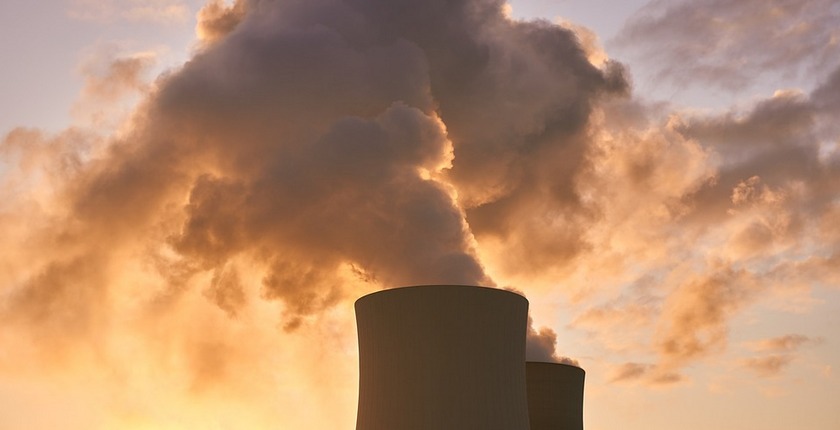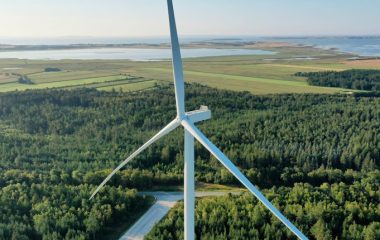
Photo: distelAPPArath/Pixabay
Share
Bulgaria intends to burn coal until 2030 to ensure energy security amid the ongoing crisis, while at the same time developing nuclear, solar, wind, hydropower, battery storage, and hydrogen projects, according to a proposed energy strategy until 2053.
Apart from the energy crisis on a global and regional scale, the reasons for such a move include the state of the economy and the war in Ukraine, according to Rossen Hristov, the energy minister in the country’s caretaker government.
The 30-year strategic document may help the country renegotiate the National Recovery and Resilience Plan (NRRP) with the European Commission, said Delyan Dobrev, chairman of the parliamentary committee on energy.
However, even if the negotiations fail and Bulgaria loses some of the EU funding earmarked for its NRRP, the country will not shut down its coal power plants as their economic benefits are larger than the potential losses, according to Hristov.
In the nuclear power sector, the strategy envisages building 2 GW of new capacity at the site of the Belene N plant by 2035-2040 and 2 GW of replacement capacity at the Kozloduy nuclear plant by 2045, local media reported.
The strategy envisages building 4 GW of nuclear capacity, 12 GW of solar, and 4 GW of wind
The document also projects adding 7 GW of solar and 2 GW of wind power plants by 2030, and 12 GW of solar and 4 GW of wind farms by 2050. In the field of energy storage, the strategy provides for expanding the Chaira pumped-storage power plant by 2030, building 1 GW of new pumped-storage facilities by 2035, and introducing 600 MW of battery storage by 2030 and 1.5 GW of seasonal storage systems by 2050.
Bulgaria also plans to roll out 600 MW of battery storage by 2030
The country also plans to develop a total of 870 MW of new hydropower projects by 2030 and 1.27 GW by 2050. In geothermal energy, the focus is on improving local district heating systems.
1.27 GW of new hydropower plants are expected to be built by 2050, along with 5 GW of hydrogen electrolyzers
In the hydrogen segment, the document envisages the construction of 1 GW of electrolyzers by 2030 and 5 GW of electrolyzers by 2050 for domestic consumption and export.
The 30-year plan also includes upgrading existing power transmission lines, building new ones, digitalizing the distribution network, and installing 1,000 charging stations for electric vehicles by 2030. The document also includes measures to tackle energy poverty and improve energy efficiency in households.









Be the first one to comment on this article.